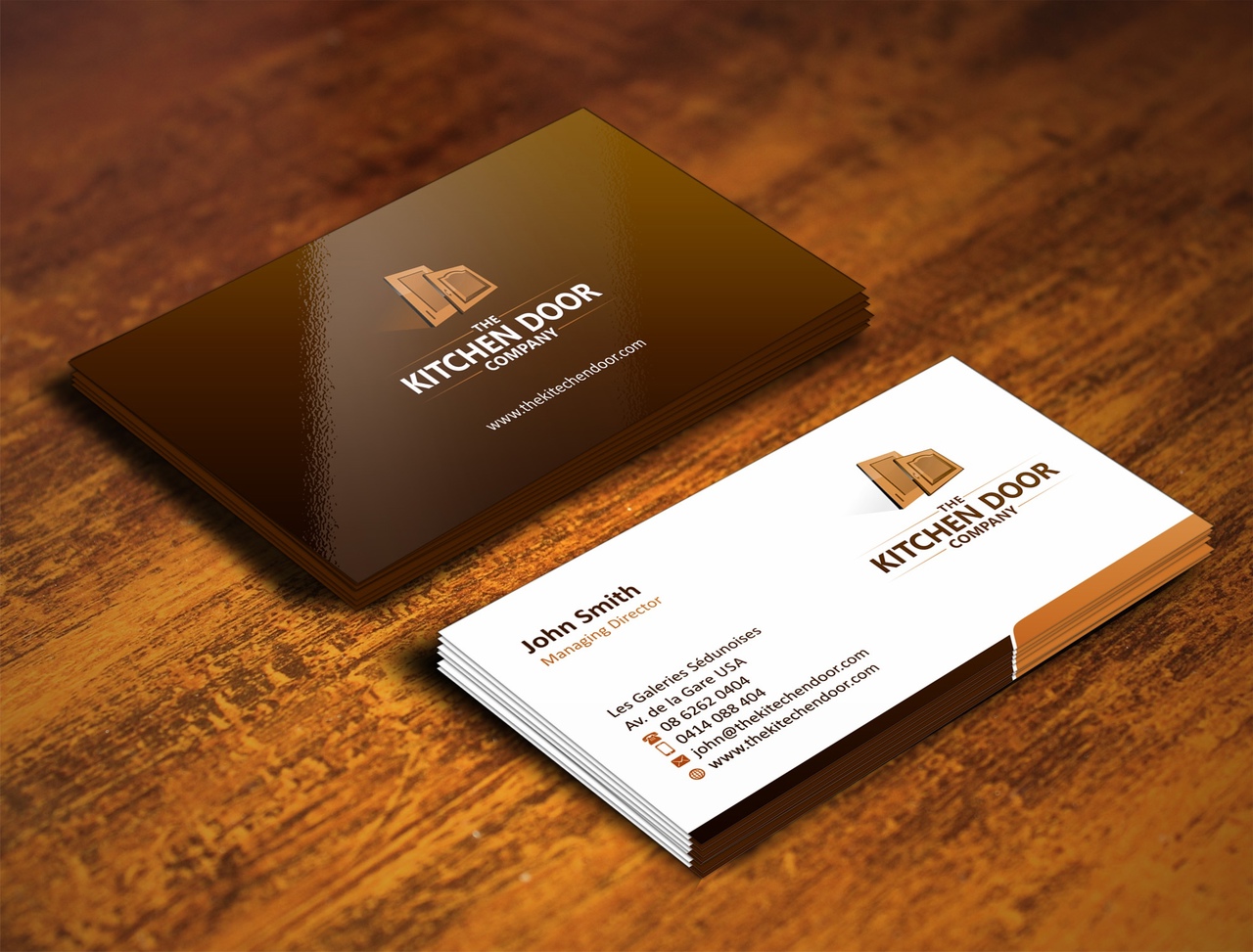1. Why Business Cards Are Still Relevant in the Digital Age
In an era dominated by digital communication, business cards may seem outdated. However, these small cards continue to be an essential networking tool, allowing professionals to make a memorable first impression. Business cards serve as tangible reminders of initial encounters, providing recipients with contact information in a convenient format. Additionally, handing over a business card can be more personal than sending an email or message, often creating a sense of trust and authenticity that is difficult to achieve digitally. Despite the convenience of online tools, the relevance of a well-designed business card remains unmatched in building and maintaining professional relationships.
2. Key Elements of a Successful Business Card Design
The design of a business card can significantly impact how it is perceived. Effective business cards should be clear, professional, and visually appealing. Key elements include the company logo, name, position, and contact information, such as phone number, email, and website. The layout, colors, and font should reflect the brand’s personality while maintaining readability and simplicity. Some individuals opt for creative additions, such as QR codes linking to their website or portfolio. A well-designed card not only provides essential information but also conveys the brand’s message, professionalism, and attention to detail, all in a compact form.
3. Choosing the Right Material and Finish
The material and finish of a business card contribute to its durability and visual appeal. Traditional options include standard card stock, but there are also choices like textured or recycled paper, plastic, and even metal. Each material choice impacts the card’s weight, feel, and overall impression. Finishes like matte, gloss, or embossing can add sophistication and make certain design elements stand out. For those looking to make a unique statement, opting for non-standard materials or finishes can help the card to feel distinctive and memorable. However, it’s essential to align material choices with the brand identity and intended message.
4. Maximizing the Impact of Business Cards in Networking
A business card’s purpose extends beyond simply providing contact details; it’s a powerful networking tool. To maximize its impact, consider the timing and context of giving out your card. Handing out a card should feel natural and purposeful, ideally as part of an engaging conversation or after establishing a connection. Additionally, using the back of the card for additional information or a creative design can enhance its memorability. Organizing and regularly updating cards can also aid in effective networking. By viewing business cards as conversation starters and memory aids, professionals can leverage these small tools to foster lasting business relationships.Virtual Business Cards
